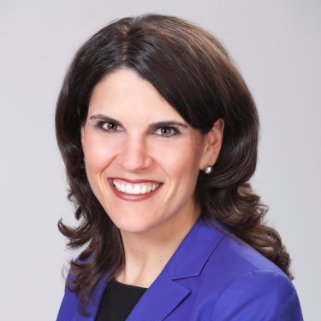We’re all searching for the “Goldilocks” environment at work. Like the bowls of porridge in the classic tale, the temperature in the office can be too hot, too cold, or just right. Some employees have to layer up for a day in the office like Bob Cratchit. Even then, they’ll shiver as they work with numb fingers clenching hot tea, sport coats, desk blankets and gloves, and ramp up personal heaters to make the space workable. You’ve seen them — even in the dead of summer. Some look like they’re preparing for the Alaskan Iditarod. They’re freezing while their cubicle mates swelter — working in shirt sleeves, wearing flip-flops and using personal fans to keep cool.

“As the fall and winter approach, employers should get ready for complaints and co-worker clashes over heat and cold.” Tami Simon, JD, Global Practice Leader, Knowledge Resource Center
The fact is that studies show office temperatures matter. They affect worker productivity and morale. Yet, for years they’ve been designed for men, with thermostats set by a formula created in the 1960s based on the resting metabolic rate of a 40-year-old man. Now, women comprise nearly half the U.S. labor force. And because our sedentary metabolic rates are typically slower than men’s, we tend to prefer warmer temperatures. A 2015 Nature Climate Change study found that when office thermostats are set to suit 40-year old men, the rest of us are often left out in the cold.
As the fall and winter approach, employers should get ready for complaints and co-worker clashes over heat and cold. Like a scene straight out of The War of the Roses, employees in shared space will battle for control of the thermostat and hope it actually works. Some may try to block or redirect vents if they can reach them. Others will simply change the thermostat without asking, giving their co-workers the cold shoulder.
If your employees can’t strike a workable balance in your office, new software and technology may offer some help. There’s a smart phone app that allows workers to connect to a building’s ventilation system and change the ambient temperature to warm or cool their work area on command — simply by clicking on the “cool my space” or “warm my space” function. No need for workers to leave their seats or engage co-workers. And to minimize potential conflict, the app can be programmed to restrict changes until at least two people in the same zone make the same request.
That’s impressive, but this technology may already be passé. The latest technology — known as the Internet of Things — allows workers to have their own thermal bubble. And you don’t have to work for Spacely Space Sprockets to get one! A system of Wi-Fi-connected sensors that synchronize energy to workers’ needs was developed for the redesign of Agnelli Foundation headquarters in Italy. Once a worker sets temperature and lighting preferences, he or she never leaves his comfort zone. Rather, the bubble follows the worker around the office, activating sensors that monitor data and instruct the building management system to adjust temperature and lighting in real-time. Just like your laptop, the space returns to “standby mode” when the worker leaves and it’s no longer in use.
This technology probably hasn’t reached your office yet – but solutions to the temperature dilemma are out there and are helping to improve the work environment. If you think you work in a bubble now, just wait!
Want to know the 5 common reasons NOT to listen to your employees? Read Improve your business – just by listening to find out.